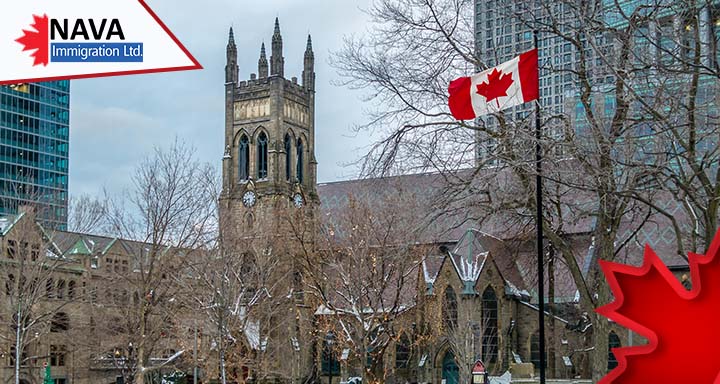Millennials Surpass Baby Boomers in Canadian Immigration
A recent study found that millennials surpass baby boomers in Canadian immigration for the first time.
Per the report, at 23 percent, the millennial demographic weight is at its highest point. Here’s the breakdown of the report.
Millennials Surpass Baby Boomers in Canadian Immigration
Significantly, the number of millennials in Canada increased by 457,354 between July 2022 and July 2023. This is mainly due to the admission of more permanent and temporary immigrants.
Per the report, when the average age of Canadians was measured, it was found that the average age in Canada fell from 41.7 to 41.6 between July 1, 2022, and July 1, 2023. Although this decline is much smaller, it is the first drop since 1958, during the peak of the baby boom.
The demographic shift, according to the report, is due to immigration. For instance, as per a December report, Canada’s population hiked by 430,635 people between July and December 2023. In particular, immigration accounted for around 96% of the growth. Furthermore, as per the 2022 data, immigrants make up around 23 % of Canada’s total population. To break it down further,
95.8% of immigrants arrived between 2016 and 2021 under age 65, and 64.2% arrived in their core working years, i.e., between 25 and 64.
An Influx of Younger Immigrants to Canada
For several years, Canadian immigration has been expanding. Notably, in 2023, Canada admitted record-setting new permanent residents, i.e., 471,550.
It’s significant to recall that this figure does not include the non-permanent residents in Canada during the same time. This includes temporary foreign workers (TFW) and international students.
According to the report, the majority of non-permanent residents (NPRs) aged 20-24, or the ones in this age group who enter Canada, account for 22% of the overall population. This implies that as of July 2023, one in five immigrants of this age group was an NPR.
The report did not mention the type of Canadian permit or visa for such immigrants. However, international students typically fall under this age group.
In 2023, there were 1,040,985 foreign nationals in Canada with active study permits. This is, as per the ICEF Monitor, a rise of 9% from the year before. And now, per the report, millennials surpass baby boomers in Canadian immigration.
Furthermore, the report also found that the population aged between 30 and 34 has grown by 6.4%. Notably, this is twice as high as the country’s total population growth rate, i.e., 2.9%.
The Aging Population of Canada.
As per a study, the oldest population in Canada was discovered in the Atlantic provinces. Specifically, the highest average age, i.e., 45.7 years, and the highest proportion of individuals aged 65 and older, i.e., 24.4%, were discovered in Newfoundland and Labrador.
The average age of the population in New Brunswick was determined to be 44.4, and in Nova Scotia, it was discovered to be 43.8 years old.
On the contrary, Alberta had a relatively young population, with an average age of 39.1. In addition, Manitoba and Saskatchewan were close behind at 39.3 and 39.7, respectively.
Canada’s Immigration Levels Plan
Canada’s immigration department, IRCC, announces immigration levels plan each year. The plan summarizes the number of new PRs Canada aims to admit for the next year and its immigration target for the following two years.
Canada has a target to admit around 485,000 new permanent residents this year. It further raised immigration targets for 2025 and 2026, which is 500,000.
As per recent polls, Canadians are concerned about the country’s high levels of immigration plans.
However, as per a study, Canada’s population has around 18.9% of people aged 65 and older on July 1, 2023. This is predicted to continue rising by 2030, with over nine million Canadians aged 65 years, which is the retirement age.
Retirement, combined with one of the world’s lowest fertility rates, suggests that there aren’t enough Canadians to keep the country’s economy thriving. This is because when more people in Canada retire, there will be fewer individuals to pay income taxes during a period of increased social spending on healthcare and other senior support services. Thus, Canada has been expanding immigration levels for many years in an effort to fill the retirement gaps.
Canada is also working to attract more young global talent. For example, it offers post-graduate work Permits for international students. This is to encourage them to stay in Canada after completing their studies and work to become eligible to become Canadian permanent residents.
Moreover, IRCC assigns the highest number of points for age to skilled workers aged between 20-29 who enter Canada under any Express Entry program in the Comprehensive Ranking System (CRS). For instance, it gives a candidate 100 points without a partner or spouse or 110 with one.





